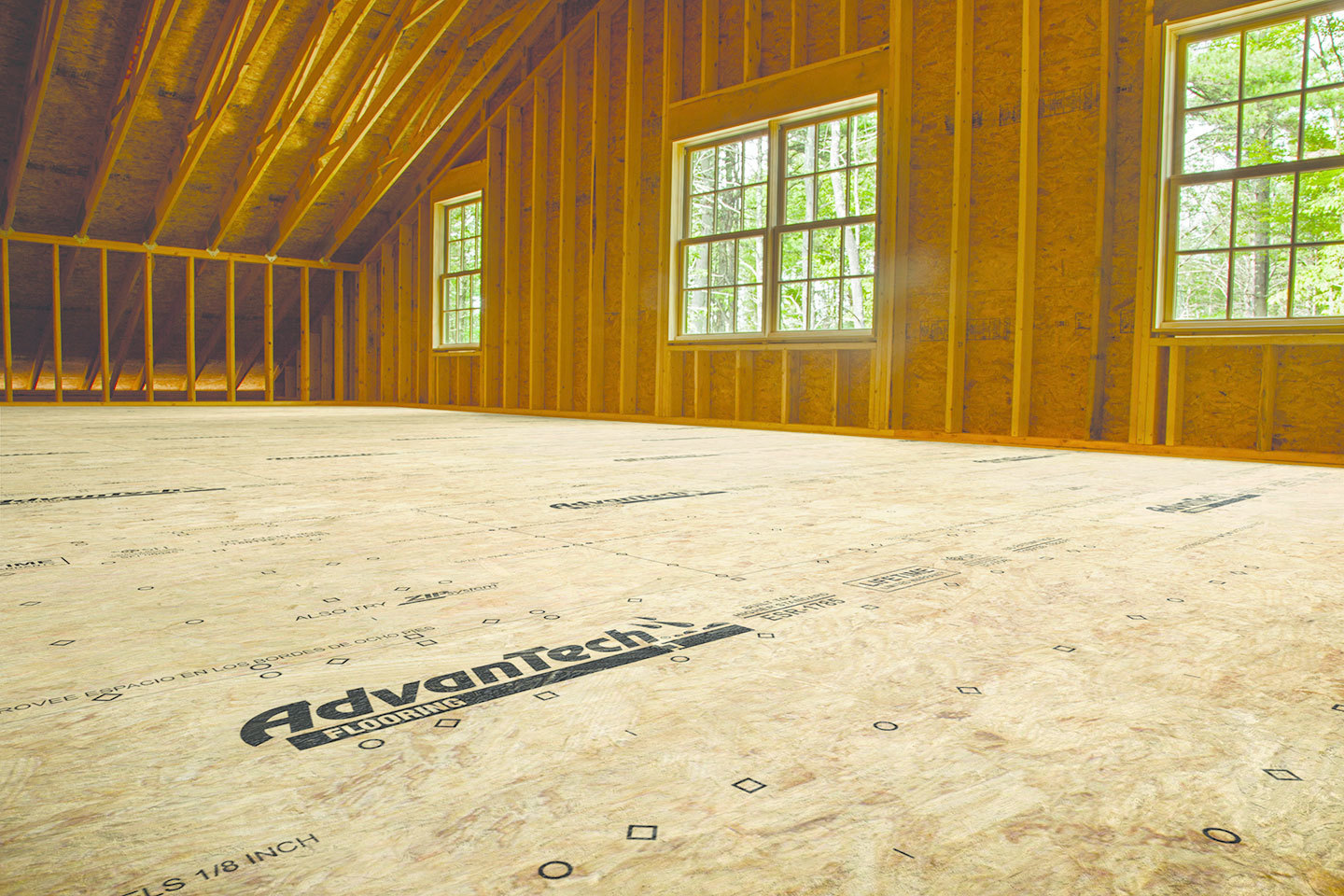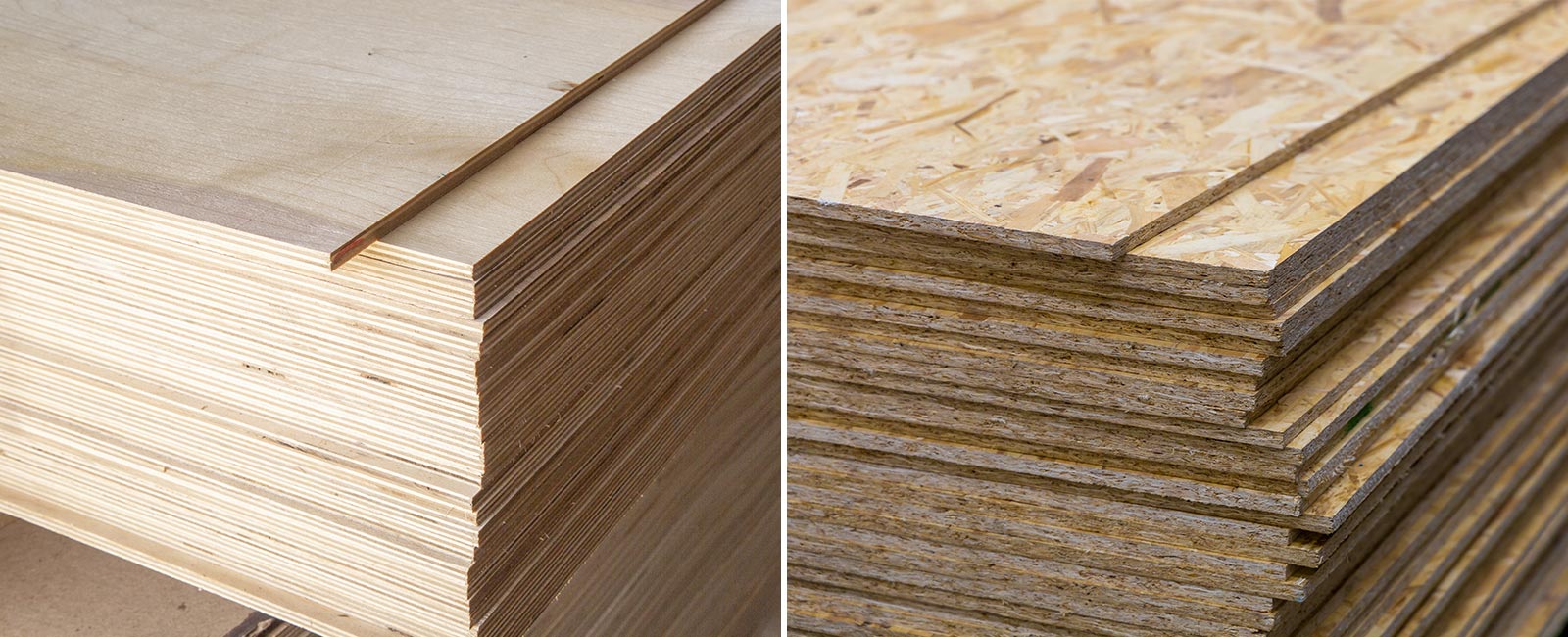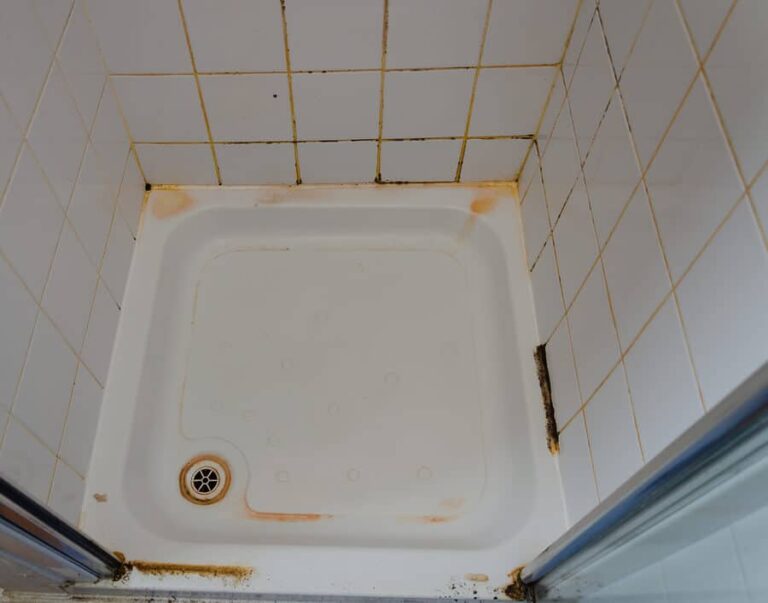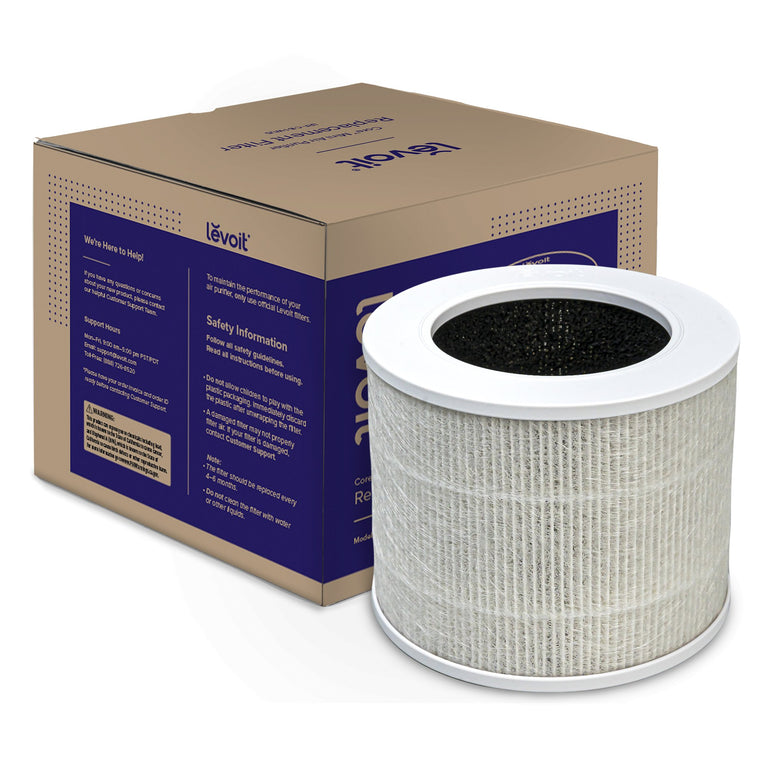Is Osb Or Plywood Better for Subfloor: Ultimate Guide
Choosing the right material for your subfloor is a decision that can significantly impact the comfort and stability of your home. You may find yourself torn between two popular options: OSB (Oriented Strand Board) and plywood.
Both have their own sets of advantages and potential downsides, making the choice not as straightforward as it seems. But don’t worry; this article is here to guide you through the maze of options. We’ll break down the differences, focusing on what truly matters to you—durability, cost, and performance.
Imagine walking across your floor without a single squeak, knowing you’ve made a wise investment. Curious to find out which material holds up better in the long run? Keep reading to uncover the insights that will help you make the best decision for your home.
Subfloor Material Basics
When planning a home renovation or construction project, one crucial decision you’ll face is selecting the right subfloor material. Subflooring acts as a foundational layer between the floor joists and your finished flooring. It’s important to understand the basics of subfloor materials to ensure your home remains sturdy and comfortable for years to come.
Understanding Subfloor Importance
Your subfloor is more than just a hidden layer beneath your floors. It plays a vital role in the structural integrity of your home. If you’ve ever walked across a floor that felt unstable or squeaky, the culprit might be a poorly chosen or installed subfloor.
A strong subfloor can prevent these issues. It supports your home’s weight, distributes loads evenly, and provides a flat surface for your finished flooring. Imagine hosting a lively family gathering—your subfloor ensures everyone can dance, jump, and move around without worry.
Common Subfloor Materials
The two most common subfloor materials are Oriented Strand Board (OSB) and plywood. Both have their pros and cons, and the choice between them can affect your home’s longevity and comfort.
- Plywood:Known for its durability and resistance to moisture, plywood is a favorite in areas prone to humidity. Picture a bathroom or kitchen where spills are frequent; plywood’s ability to withstand moisture makes it a reliable choice.
- OSB:Typically cheaper than plywood, OSB offers a cost-effective solution for many homeowners. It’s made from wood chips and resin, providing a strong and uniform surface. However, if you live in a region with frequent rainfall, consider how OSB might react to prolonged exposure to moisture.
Have you considered which material suits your lifestyle and environment? Perhaps you live in a dry area where OSB’s affordability is attractive. Or maybe you appreciate the peace of mind plywood offers in high-moisture zones.
Choosing the right material isn’t just about cost—it’s about ensuring your home remains safe and comfortable. What factors matter most to you when selecting subfloor materials?

Credit: www.huberwood.com
Osb Features
Choosing the right material for your subfloor is crucial. OSB, or Oriented Strand Board, is a popular choice. It offers unique features that make it appealing for many construction projects. Let’s explore what makes OSB a strong contender for subflooring.
Composition And Structure
OSB is made from wood strands and adhesives. These strands are arranged in layers for strength. The layers are then bonded with wax and resin. This process creates a solid and uniform panel. OSB panels come in large sizes, reducing the need for seams. This makes installation quicker and more efficient.
Pros Of Using Osb
OSB is cost-effective. It usually costs less than plywood. OSB panels are large, covering more area. This means fewer joints in your subfloor. OSB is also very strong. It can handle heavy loads without bending. The material is also environmentally friendly. It uses fast-growing trees, reducing environmental impact.
Cons Of Using Osb
OSB is susceptible to moisture. It can swell if it gets wet. This can lead to uneven floors. OSB is also heavier than plywood. This makes it harder to transport and install. The edges of OSB can fray. This might cause rough joints. Lastly, OSB may not hold nails as well. This can impact the stability of your floor.
Plywood Characteristics
Choosing between OSB and plywood for subflooring depends on several factors. Plywood offers better moisture resistance, making it ideal for damp areas. On the other hand, OSB is cost-effective and provides adequate strength for dry environments.
Choosing the right material for your subfloor can make a significant difference in your home’s durability and comfort. Among the popular choices, plywood stands out due to its distinct characteristics. Understanding these can help you make an informed decision for your flooring needs.Composition And Structure
Plywood is made by gluing thin layers of wood veneers together. Each layer is called a ply, and they are placed in alternating directions. This cross-graining technique gives plywood its strength and stability. You may notice that plywood has a smooth surface. This is because the outer layers are usually made from higher-quality wood. This makes it not only strong but also visually appealing for those who might consider it for exposed areas.Pros Of Using Plywood
Plywood has a high strength-to-weight ratio. This means it’s strong without being excessively heavy, which is ideal for subfloors. The cross-laminated structure of plywood reduces the risk of warping. This is particularly beneficial in areas with high humidity or fluctuating temperatures. Using plywood can make your floor feel more solid. Many homeowners appreciate the firm feel underfoot, especially in high-traffic areas like kitchens.Cons Of Using Plywood
Plywood can be more expensive than other subfloor materials like OSB. This might be a consideration if you’re working with a tight budget. It can be prone to water damage if not properly sealed. Water can seep into the layers, causing them to swell and weaken over time. Some plywood may have voids or gaps within the layers. These can affect its structural integrity, especially if the plywood is of lower quality. Have you ever considered how the flooring material might impact the overall feel of your home? The choice between OSB and plywood can influence not just durability but also comfort and aesthetics. What matters most for your project?Comparative Analysis
Choosing the right material for subflooring is crucial. Two popular options are OSB (Oriented Strand Board) and plywood. Each has unique attributes that influence strength, moisture resistance, and cost. This comparative analysis helps understand their suitability for subflooring needs.
Strength And Durability
Plywood is known for its robust nature. It offers excellent strength due to its layered construction. Each layer is positioned perpendicular to the one below, enhancing its durability. OSB also provides good strength. It consists of compressed wood strands and adhesives. This makes it tough and resilient. Yet, plywood generally outperforms in terms of long-term durability.
Moisture Resistance
Moisture can be a concern for subfloor materials. Plywood usually handles moisture better. Its layered design helps resist water penetration. OSB can be less resistant to moisture. It may swell or weaken if exposed to water for long periods. In damp areas, plywood often proves more reliable.
Cost And Availability
Cost is a significant factor in choosing subfloor materials. OSB is typically cheaper than plywood. This makes it attractive for budget-conscious projects. Plywood costs more but offers added benefits. It is readily available in most markets. OSB is also widely accessible, with pricing that appeals to many.
Installation Considerations
When choosing between OSB and plywood for subflooring, installation considerations are crucial. Both materials have unique installation processes. Each requires specific tools and equipment. Understanding these aspects can help ensure successful subfloor installation.
Installation Process
OSB is often preferred for its ease of installation. It comes in larger sheets. This reduces the number of seams. Plywood installation is straightforward too. It offers a sturdy surface. Both materials should be installed on a level base. Ensure proper spacing between sheets. This allows for expansion and contraction. Secure sheets with screws for stability.
Tools And Equipment Needed
Installers need basic tools for both OSB and plywood. Essential items include a saw, drill, and measuring tape. A chalk line helps with alignment. A level ensures even placement. Safety gear, like goggles, is important too. Use a screw gun for efficient fastening. Ensure you have screws suitable for subflooring. Gather all tools before starting. This avoids delays.

Credit: joneakes.com
Environmental Impact
When choosing materials for subfloors, the environmental impact matters. Both OSB (Oriented Strand Board) and plywood have distinct ecological footprints. Understanding their sustainability can help make informed decisions. Let’s explore the environmental implications of each.
Sustainability Of Osb
OSB is made from fast-growing trees. These trees, like poplar and aspen, are renewable resources. OSB uses wood strands bonded with adhesives. This process maximizes material usage. Less waste is produced. OSB manufacturing is efficient. It uses almost every part of the tree.
OSB production often occurs close to forestry sites. This reduces transportation emissions. Many OSB manufacturers follow sustainable forestry practices. They ensure minimal impact on forests. OSB can also be recycled. It may be reused in other products, reducing landfill waste.
Sustainability Of Plywood
Plywood is made from thin layers of wood veneer. These layers come from various tree species. Some trees used are slow-growing. This means longer regeneration times. Plywood production can lead to more waste. The veneer cutting process leaves wood scraps.
Transportation of plywood often involves longer distances. This can lead to higher emissions. Yet, plywood is durable. It has a long lifespan, reducing the need for replacements. Some manufacturers use sustainable practices. They source wood from responsibly managed forests.
Plywood can also be recycled. Yet, its recycling process is less straightforward than OSB. This can add to its environmental footprint.
Choosing The Right Material
Selecting the right material for a subfloor is crucial for durability and cost. OSB offers affordability and moisture resistance, while plywood provides strength and stability. Both have their pros and cons, making the choice dependent on specific needs and budget considerations.
Choosing the right material for your subfloor can feel like standing at a crossroads. Do you opt for OSB or plywood? This decision is crucial because it impacts the durability and stability of your floor. Understanding the benefits and drawbacks of each can guide you to the best choice for your specific needs.Factors To Consider
When deciding between OSB and plywood, consider the environment where the subfloor will be used. Moisture is a key factor. OSB tends to swell when exposed to water, which can be problematic in damp areas. Plywood, on the other hand, is more resistant to moisture due to its layered construction. Budget is another important factor. OSB is typically cheaper than plywood, which can make a big difference if you’re covering a large area. But don’t just look at the initial cost. Think about the long-term implications. Investing a bit more in plywood might save you from future repairs. Installation is also worth thinking about. If you’re doing it yourself, plywood can be easier to work with. It’s lighter and less likely to splinter, making it a preferred choice for DIY enthusiasts.Recommendations For Different Scenarios
In a dry area, like a living room or bedroom, OSB can be a cost-effective option. It provides a stable base and saves money for other parts of your project. I once used OSB in a basement renovation, and it worked perfectly because the area was well-ventilated and dry. For high-moisture areas like kitchens or bathrooms, plywood is often the better choice. Its water-resistant properties help prevent warping and other moisture-related issues. A friend of mine replaced her bathroom subfloor with plywood, and it has held up beautifully for years. If you’re planning a quick project, consider plywood. Its ease of handling can speed up the installation process. You’ll spend less time cutting and fixing, and more time enjoying your new floor. Before deciding, ask yourself: What conditions will this subfloor face? Will it be exposed to water? How much am I willing to invest in the long term? Your answers will lead you to the right material for your subfloor needs.
Credit: famitchell.com.au
Frequently Asked Questions
What Is Better For Subfloor, Osb Or Plywood?
Plywood is often preferred for subfloors due to its strength and stability. It resists moisture better than OSB. However, OSB is more cost-effective and can be suitable for dry environments. Both materials have their pros and cons, depending on your specific needs and budget.
Does Osb Hold Up To Moisture?
OSB is more sensitive to moisture compared to plywood. It can swell and deteriorate when exposed to water. While it’s engineered to resist some moisture, it’s not as effective as plywood. Proper sealing and installation can mitigate moisture issues with OSB.
Is Plywood Stronger Than Osb For Subfloors?
Plywood is generally stronger and more stable than OSB for subfloor applications. It handles stress and weight better. Plywood’s cross-laminated layers provide enhanced strength and durability. OSB is strong but more prone to bending under pressure compared to plywood.
Which Is Cheaper, Osb Or Plywood?
OSB is typically cheaper than plywood, making it an attractive option for budget-conscious projects. The cost savings can be significant, especially for large areas. However, the long-term benefits of plywood’s durability may outweigh initial cost savings, depending on your project needs.
Conclusion
Choosing between OSB and plywood involves considering several factors. Both materials have their benefits. OSB offers cost-effectiveness and consistent quality. Plywood stands strong in moisture resistance and durability. Your specific needs should guide your choice. Consider your budget, climate, and project requirements.
Think about installation environment and lifespan expectations. Each material serves its purpose well. Your decision impacts the subfloor performance. Make an informed choice. Seek advice if unsure. This ensures the best outcome for your project.






